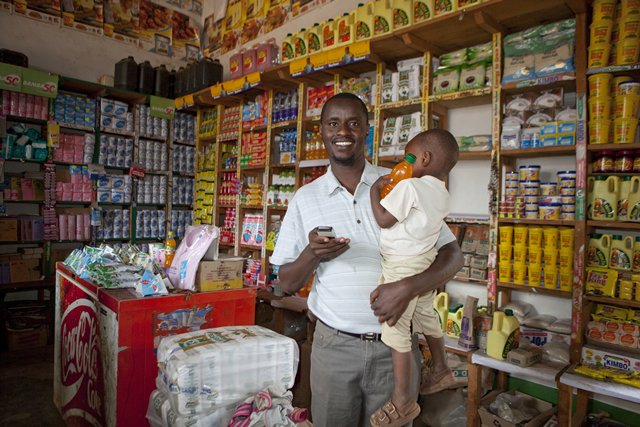By: Mićo Tatalović
Send to a friend
The details you provide on this page will not be used to send unsolicited email, and will not be sold to a 3rd party. See privacy policy.
Aid agencies should source development products from local manufacturers to help them make the most of their budgets and improve their impact, a group of small businesses, service providers and manufacturers from Africa said this week.
Development agencies spend around US$69 billion each year on procuring goods and services from external providers — more than 50 per cent of total official development assistance — according to a press release by AidEx, a global humanitarian and development aid event held annually in Brussels. But 20 per cent of bilateral aid purchases are still tied to firms in donor countries, resulting in project expenses increasing by up to 40 per cent.
The group of businesses participating in the AidEx Developing World Supplier Zone — an area of 25 free stalls designed to help businesses from developing countries reach an international buying audience — is now urging aid agencies to carry out procurement policy reviews that would compare the cost, delivery time and social benefits of obtaining goods and services through local providers. They are also calling for the removal of conditions that tie donors to procurement in donor countries.
“Aid agencies' use of local suppliers is key to maximising business opportunities and upskilling communities.”
Ben Solanky
By using local businesses in Africa, aid agencies could lower transaction costs, shorten delivery times and improve the investment climate in the surrounding region, the press release said.
"It's vital for aid organisations to seriously consider locally developed solutions in their procurement, as these companies' offerings have already been tried and tested 'on the ground'," said Grant Gibbs, project manager at Hippo Water Roller, a water technology project in South Africa.
"Superimposing First World business models can underestimate differences in African infrastructure — particularly at the rural level — and lead to inefficiencies," Gibbs added.
Simon Lucas, CEO of Reltex Africa, a humanitarian relief materials supplier based in Kenya, said the benefits of the organisation's location in Mombasa, for example, are that it "can easily access raw materials and re-export finished goods through supply chain routes across East Africa."
"This," he said, "has led to reduced transportation times and decreased environmental impact for humanitarian aid deliveries.
"When looking at purchasing products from Africa, I urge procurement managers to look further than just the price and take into account the social benefits and economic input to the region."
Charles Mugasa, of Ugandan social enterprise start-up Chiabiz, said: "Aid agencies must prioritise local companies that have grassroots connections with the community if they are to realise their goals, otherwise the bureaucratic nature of governments can get in the way."
And Ben Solanky, director of Global Hand, a non-profit matching service for public-private partnerships, added: "Aid agencies' use of local suppliers is key to maximising business opportunities and upskilling communities.
Dialogue, openness and connectivity between for-profits and non-profits is crucial in Africa — to see the idea of 'doing well' become an economic reality."
A version of this story was originally published on the global edition:
https://www.scidev.net/aid/news/aid-agencies-should-go-local-when-sourcing-materials.html











